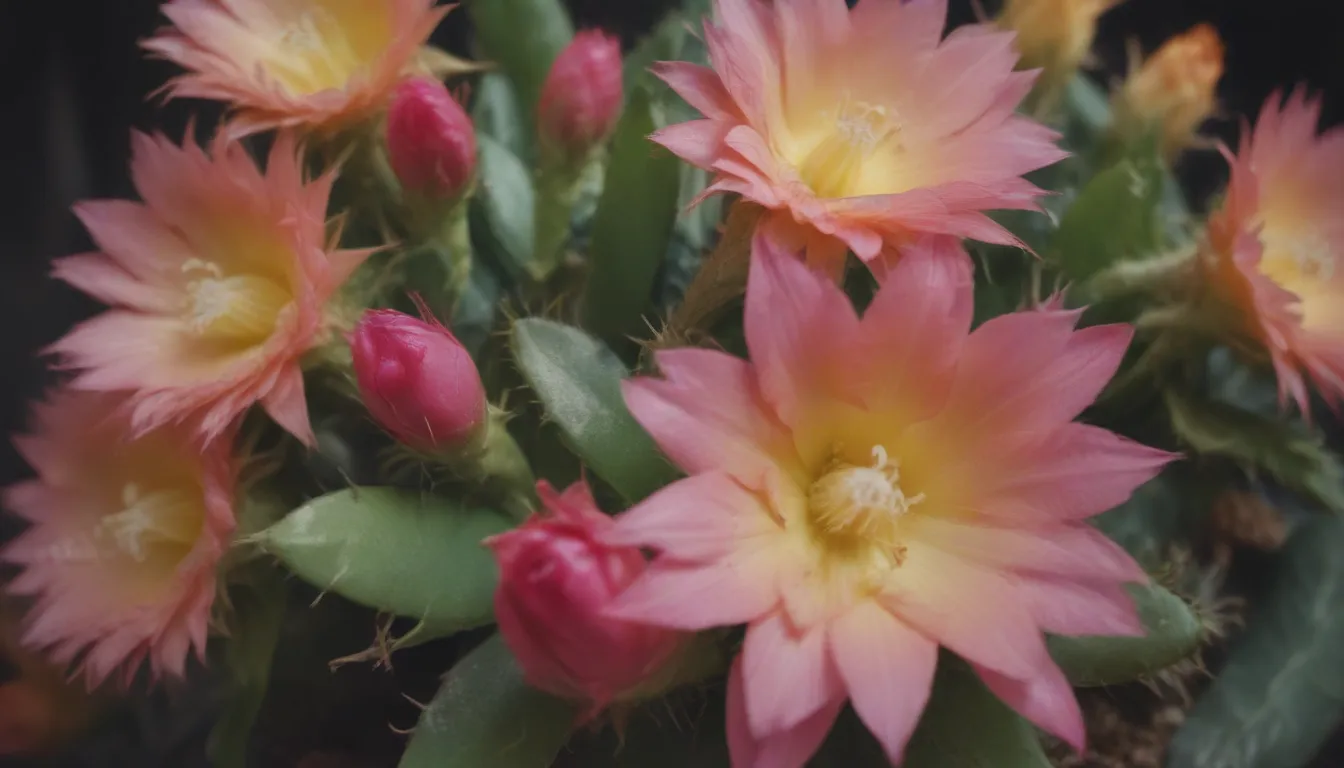Easter Cactus Care Guide: Tips for Growing and Caring for Your Holiday Cactus

Are you looking to add some color and beauty to your indoor space with an Easter cactus? Also known as the holiday cactus, this tropical plant is a delightful addition to any home with its star-shaped blooms that come in various colors. In this comprehensive guide, we will explore everything you need to know about how to grow and care for your Easter cactus.
What is an Easter Cactus?
The Easter cactus, scientifically known as Rhipsalidopsis gaertneri, is a tropical cactus native to the Brazilian rainforests. Unlike traditional cacti, they are epiphytes, which means they do not require soil in the wild and grow on rocks, trees, or other plants. When grown as a houseplant, they thrive in dappled, filtered light and well-draining soil.
Easter Cactus Care Tips
Easter cacti are generally easy to care for, as long as you meet their basic requirements. Here are some essential care tips for growing a healthy Easter cactus:
- Light: Place your Easter cactus in a location with indirect sunlight, mimicking its natural forest understory environment.
- Soil: Use a well-draining soil mix, such as a cactus and succulent mix combined with perlite and orchid bark. The ideal pH range is 6.0 to 6.5.
- Water: Allow the soil to dry out between waterings, then water thoroughly. Ensure proper drainage to avoid root rot.
- Temperature and Humidity: Easter cacti prefer cooler temperatures and bloom in nighttime temperatures between 55 to 60 degrees Fahrenheit. They can tolerate typical household humidity levels.
- Fertilizer: Apply a balanced fertilizer once a month during the growing season.
Types of Easter Cactus
There are several varieties of Easter cactus that you can choose from to add variety to your indoor garden:
- Hatiora rosea
- Easter cactus ‘Sirius’
- Easter cactus ‘Colombia’
- Easter cactus ‘Scorpius’
Pruning Your Easter Cactus
While pruning is optional, it can help encourage more blooms the following year. To prune your Easter cactus, wait until after it has finished flowering in the spring. Focus on removing the top leaf pad from the stem at the joint to promote new growth and a bushier plant.
Propagating Your Easter Cactus
Easter cacti can be propagated from seeds or cuttings, with cuttings being the more popular and easier option. Propagation is best done a few months after the blooming period for optimal success.
How to Grow Easter Cactus From Seed
Growing Easter cactus from seeds can be challenging but rewarding. You must pollinate the plant, harvest the seeds, and patiently wait for them to thrive.
Potting and Repotting
Easter cacti prefer being pot-bound and only need to be repotted every two years to refresh the soil. If repotting is necessary, choose a pot that is 2 to 3 inches wider than the current one and use a clay pot for better aeration and drainage.
Common Pests & Plant Diseases
Keep an eye out for common indoor plant pests such as mealybugs, scale, spider mites, and fungus gnats. Root rot can also be an issue due to overwatering or improper soil mixes.
How to Get Your Easter Cactus to Bloom
Easter cacti typically bloom between March and May, producing stunning flowers in various colors. To encourage more blooms, provide equal amounts of darkness and indirect light, along with cooler nighttime temperatures.
Common Problems With Easter Cactus
While Easter cacti are relatively low-maintenance, they can encounter problems such as dropping leaves, wilting, or yellowing leaves. These issues are often due to overwatering, underwatering, or excessive light exposure.
In conclusion, Easter cacti are beautiful and relatively easy to care for plants that can brighten up any indoor space. By following the tips and guidelines in this guide, you can ensure your Easter cactus thrives and produces stunning blooms year after year. Happy gardening!





